Dreaming of longer, fuller hair overnight? Hair extensions can transform your look, but before diving in, it’s crucial to ask your hairstylist the right questions. From types of extensions to maintenance, understanding the process ensures a fabulous and confidence-boosting transformation. Let’s explore 10 essential questions to guide your hair extension journey.
1. What Type of Hair Extensions Are Best for Me?
Enhance your look with the right extensions tailored to your hair type and goals. Extensions come in various options, such as:
- Clip-ins: Quick and removable, perfect for temporary changes.
- Tape-ins: Lightweight and discreet, ideal for daily wear.
- Keratin bonds (K-tips): Long-lasting, with individual strands that blend seamlessly.
- Wefts or sew-ins: Durable and secure, great for thicker hair types.
Ask your stylist for recommendations based on your lifestyle, hair texture, and desired look. Professional guidance ensures the extensions complement your hair’s natural color and texture for an effortlessly authentic appearance.
2. How Are the Hair Extensions Applied and Removed?
Healthy hair starts with proper application and removal. Each method has its pros and cons, so it’s important to understand the differences:
- Tape-ins: Quick to install but require frequent maintenance.
- Micro-links: Natural-looking but may cause damage if improperly handled.
- Wefts: Secured with beads and sewn in for durability.
- K-tips: Bonded with keratin adhesive for natural movement.
Your stylist should explain every step to ensure the process aligns with your hair health priorities. Regular checkups and aftercare—like using sulfate-free products and gentle brushing—help maintain both your extensions and natural hair.
3. What Maintenance Do Hair Extensions Require?
Proper care is key to keeping your extensions looking their best. Ask your stylist about:
- Daily routines: Brushing, washing, and styling tips.
- Recommended products: Sulfate-free shampoos, extension-safe conditioners, and brushes.
- Salon visits: For “move-up” appointments or replacement, depending on the type.
Examples of upkeep:
- Weft and tape-ins need adjustments every 6 weeks.
- K-tips last about 12 weeks but require regular checkups.
Avoiding excessive heat and handling your extensions gently will ensure they stay beautiful and durable.
4. How Long Will My Hair Extensions Last?
Your extensions’ lifespan depends on the type and how well you care for them:
- Weft and tape-ins: Can last up to a year with proper care.
- K-tips: Typically last 3 months but can last longer with careful handling.
To prolong their life:
- Use sulfate-free shampoos.
- Avoid excessive heat styling.
- Sleep on a silk pillowcase or wrap your hair in a silk scarf to reduce friction and tangling.
5. Can I Style My Hair Extensions as Usual?
Yes! Most extensions can be styled, washed, and dried like natural hair. However:
- Confirm with your stylist if heat styling is safe for your specific extensions.
- Use heat protectants and styling products designed for extensions.
- Be mindful of tight hairstyles like ponytails or braids, as they can strain the bonds.
For best results, regular brushing and professional styling services can help keep your extensions looking flawless and natural.
6. Will Hair Extensions Damage My Natural Hair?
When applied and cared for properly, hair extensions should not damage your natural hair. A skilled stylist will:
- Choose extensions that suit your hair’s texture and density.
- Use techniques that minimize strain and breakage.
Following aftercare instructions, like gentle brushing and regular salon checkups, helps keep your natural hair healthy while enjoying the added length and volume.
7. How Much Do Hair Extensions Cost?
The cost varies depending on:
- Extension type (synthetic vs. human hair).
- Application method (clip-ins, tape-ins, etc.).
- Length, quality, and quantity.
Ask your stylist for a detailed cost breakdown, including initial installation, maintenance, and care products, to budget effectively.
8. Can Hair Extensions Be Colored?
Yes, extensions can be customized to match your color. However:
- Confirm with your stylist first, as not all extensions take color well.
- Professional coloring ensures the best results and maintains hair quality.
Your stylist can recommend products and techniques to preserve both the color and texture of your extensions over time.
9. How Do I Care for Hair Extensions at Home?
Daily care ensures your extensions last longer. Key tips include:
- Brushing: Use a wide-tooth comb or extension-friendly brush to prevent tangling.
- Washing: Cleanse 1-2 times per week with sulfate-free products.
- Sleeping: Braid your hair or use a silk pillowcase to avoid friction.
Avoid sleeping with wet hair, excessive heat styling, or harsh products that may damage your extensions.
10. What Should I Do if I Experience Discomfort or Issues?
Discomfort isn’t normal, so always consult your stylist if:
- You notice excessive shedding or tangling.
- You experience scalp irritation.
- The extensions feel too tight or painful.
Regular checkups and open communication with your stylist can address any concerns early, ensuring your experience remains positive.
In Summary
Hair extensions can be a game-changer, giving you the length, volume, and style you’ve always wanted. With proper application, care, and guidance from a trusted stylist, they can:
- Look natural.
- Cause no damage to your hair.
- Last longer with the right maintenance.
Ready to transform your hair? Take the plunge and enjoy the confidence-boosting magic of extensions! With the right knowledge and care, achieving your dream hair is easier than ever.

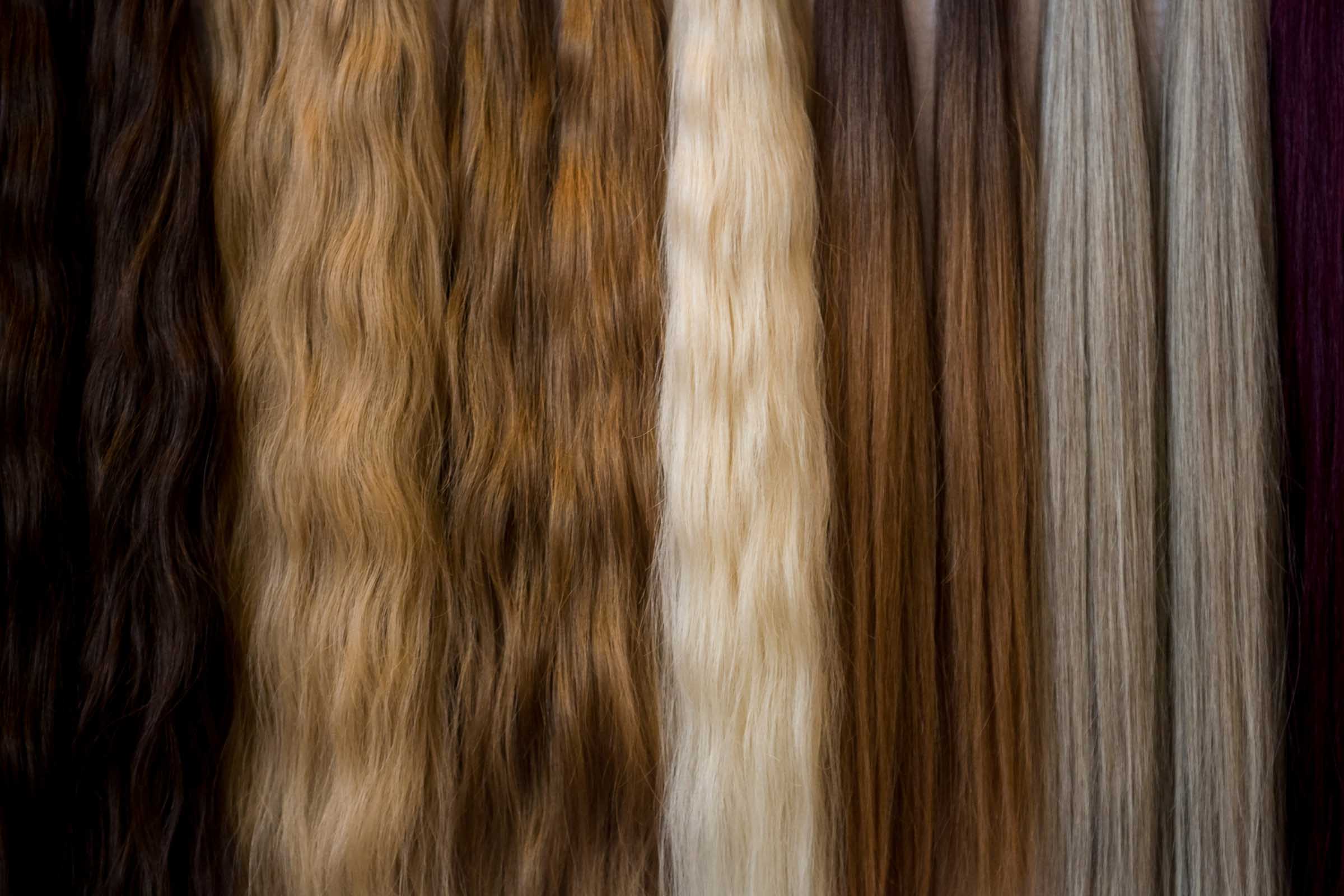
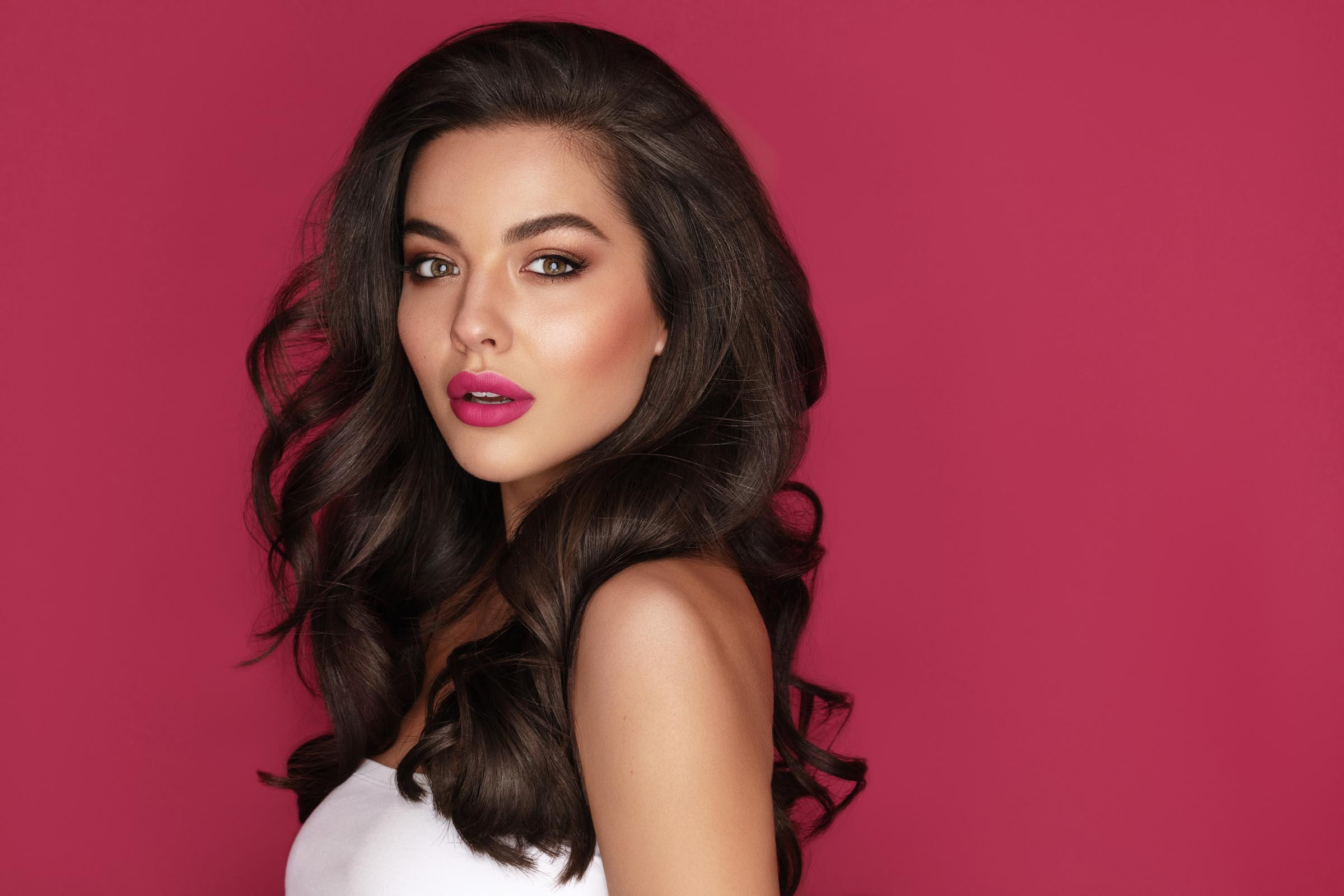
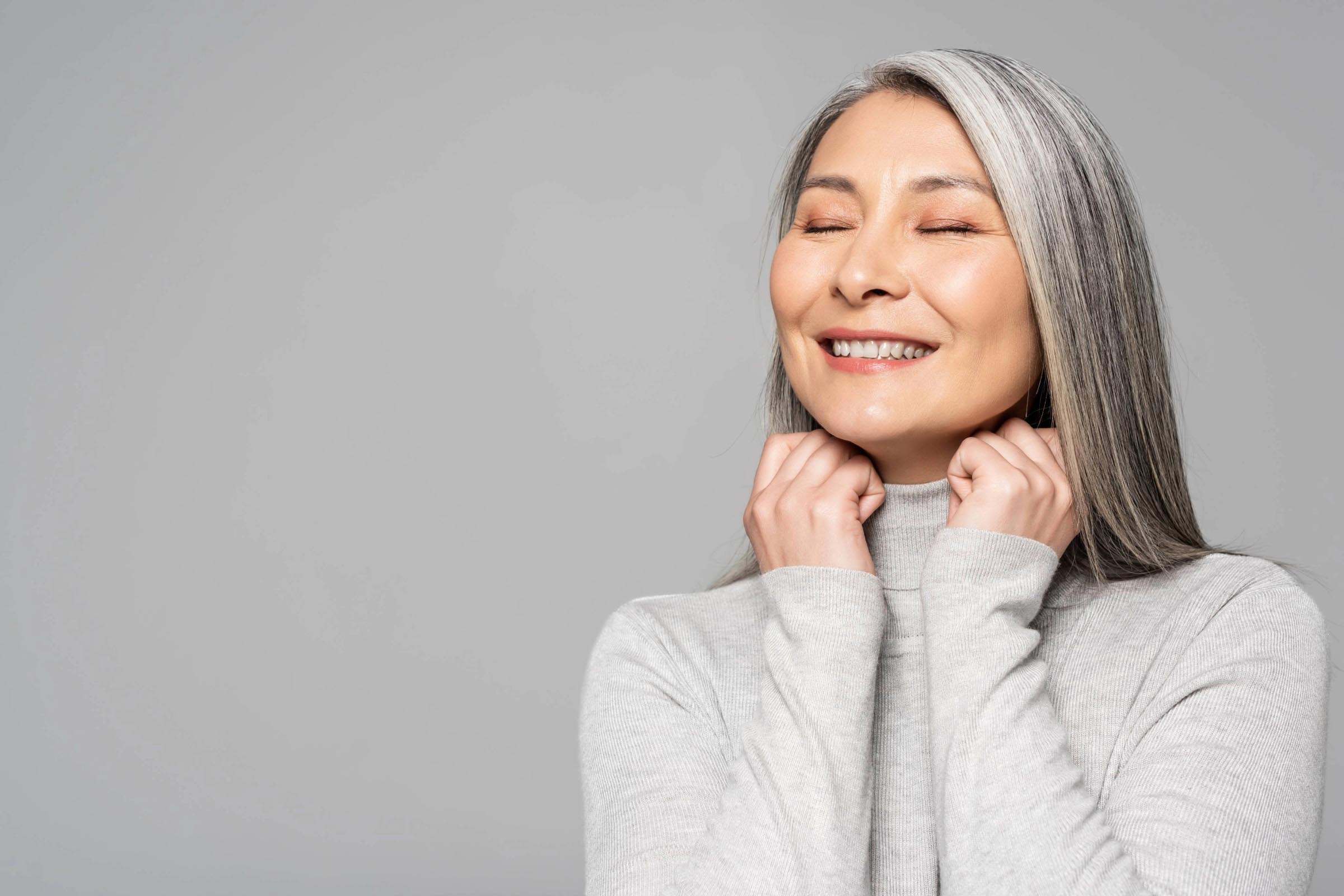
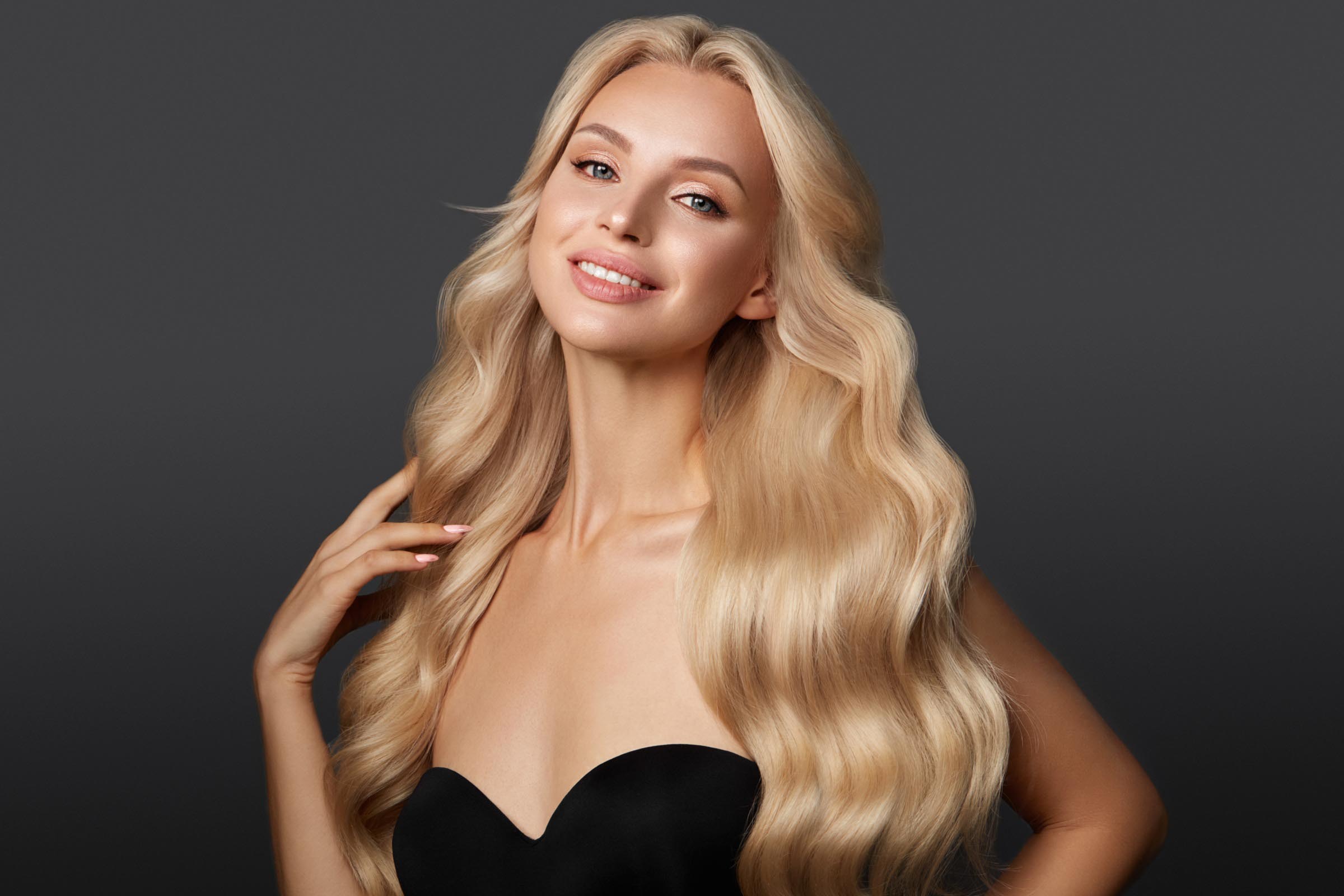

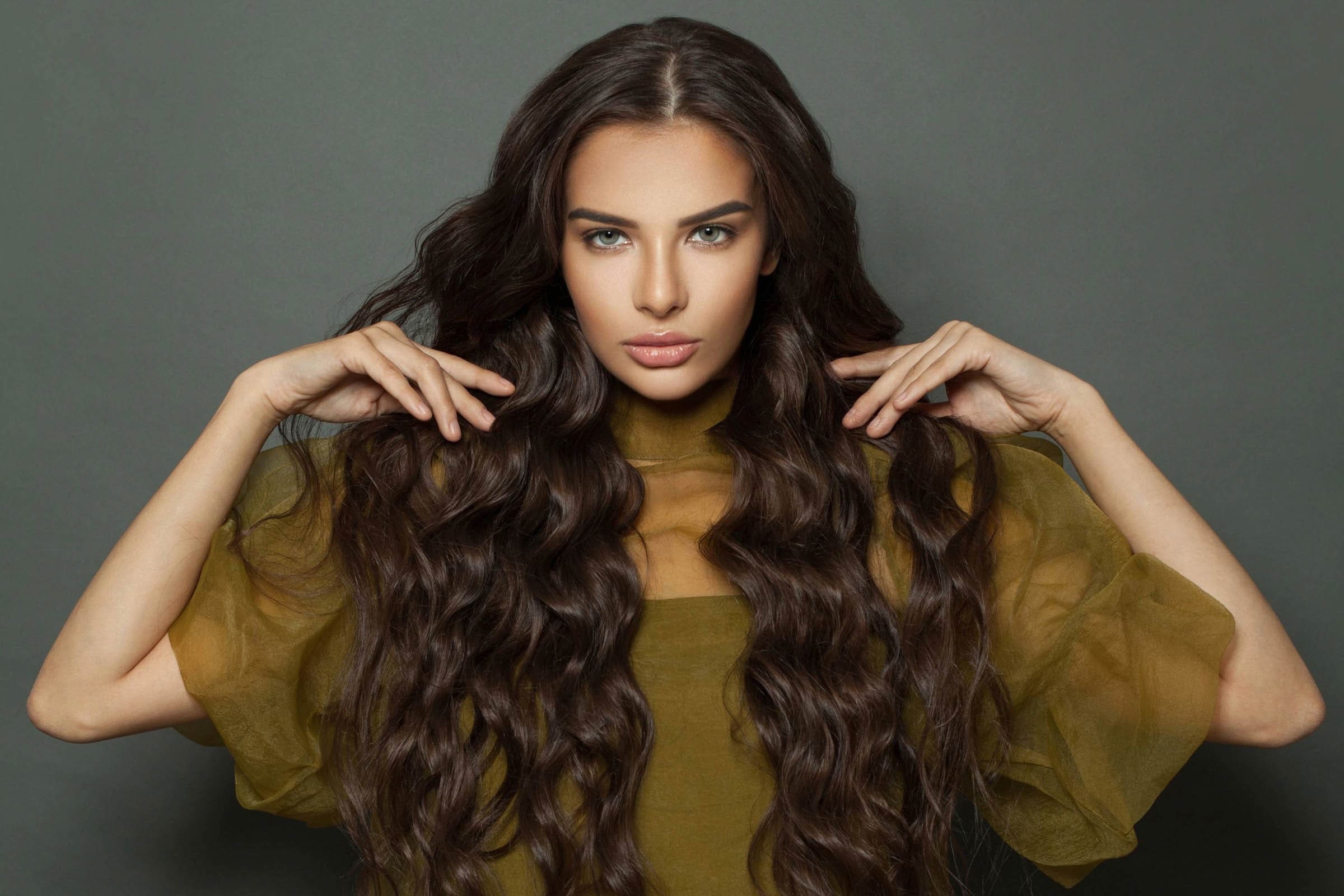
0 Comments